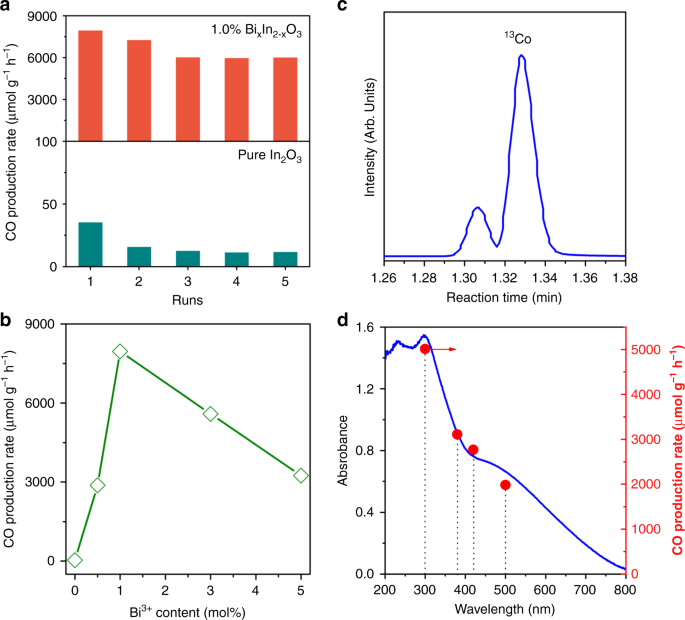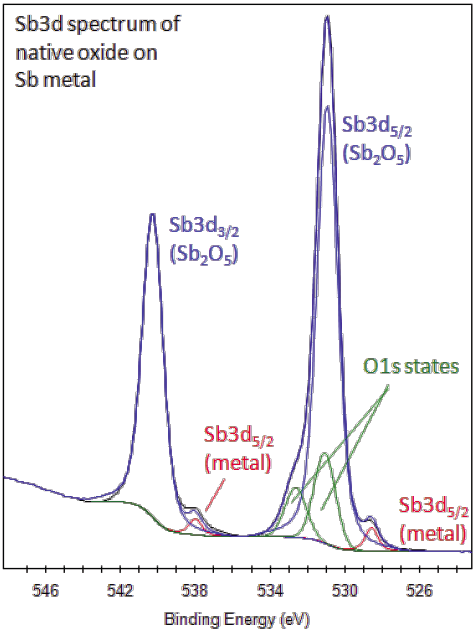

Each chemical state is indicated with horizontal and vertical lines indicating the range of the available data- not the uncertainty in the available data. The diagonal lines are lines of constant modified Auger parameter- the sum of the XPS binding energy and Auger kinetic energy. The Wagner plot shows the binding energy of the XPS In 3d 5/2 peak on the X-axis and the kinetic energy of the Auger In M 4N 45N 45 peak on the Y-axis. The Wagner plot for In, In 2O 3, In(OH) 3 and In(OH) 3*nH 2O is shown. Metallic indium can be differentiated from the indium oxide and hydroxide phases, but the oxide and hydroxide chemical states can't be differentiated using the XPS BE chemical shift alone. The corresponding In 3d 5/2 BE's for In 2O 3 are 444.8 ± 0.2 eV. In the case of indium metal, the In 3d 5/2 XPS BE is 443.8 ± 0.1 eV based on the entries in the NIST XPS database. In some cases the shift of XPS lines is insufficient to identify chemical states. This has been demonstrated in the case of AuO x surface oxidation elsewhere in this blog.

The high energy resolution of XPS, < 1 eV, allows one to identify chemical states through chemical shifts- shifts of the core level XPS binding energies due to the charge transfer that occurs in the binding of different chemical states.


 0 kommentar(er)
0 kommentar(er)
